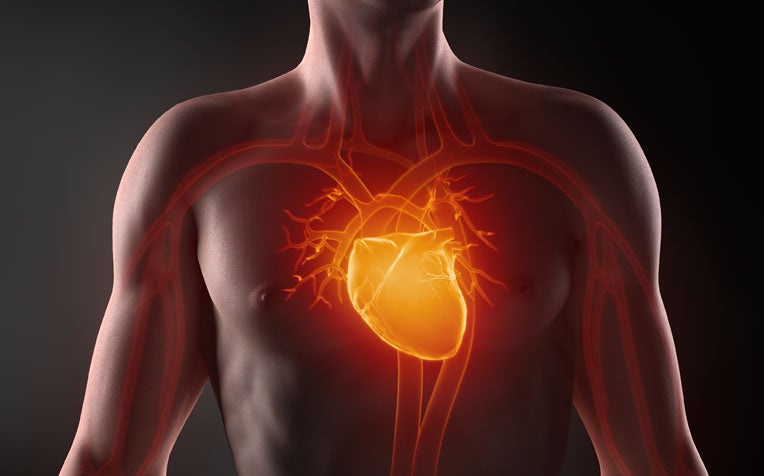
New artificial heart pumps (LVADs) could mean that heart transplants may not be the only option for advanced stages of heart failure
Left ventricular assist device (LVAD): What is it?
In advanced stages of heart failure, when medicine and surgery have failed, a heart transplant is usually the last option. However, heart donors are limited.
A new artificial heart pump, called a continuous flow left ventricular assist device (LVAD), is available, after years of development. In clinical trials, twice as many patients placed on these new LVADs survived than was seen with the previous generation of heart pumps and five times more survived than with medical treatment alone, at the end of a two-year observation period.
These new LVADs are smaller, quieter, more reliable and have lower complications rates than the earlier generation of heart pumps. The number of implants worldwide has increased exponentially over the past five years. Over 23,000 of these devices have already been implanted worldwide.
Who can receive the new heart pumps?
Suitable patients should have no other major disease that can limit their lifespan or lifestyle, other than heart disease. They should also have no history of bleeding into the intestines or brain. This is because patients on LVADs need to take two blood thinners which can greatly increase the risk of bleeding.
About 95 per cent of all the heart pumps used worldwide are of the continuous flow type. The two dominant models include HeartMate II and HeartWare HVAD. In some patients who have more severe failure of both the left and right sides of the heart, a total artificial heart or two ventricular assist devices may be used.
The National Heart Centre Singapore (NHCS), a member of the SingHealth group, has implanted over 47 LVADs since 2009. All patients have greatly improved their quality of life after surgery, many going from near death on the hospital bed to a nearly normal lifestyle such as returning to work or school. Six months after surgery, more than 95 per cent of patients can walk as briskly as any normal person. Our longest survivor in Singapore is now over five and a half years on the device. The world record survivor is now into nine years.
How does a LVAD work?
A LVAD is implanted into the heart. There is an electrical wire exiting from the abdomen that is connected to a pocket-sized controller and two large batteries. Patients usually carry these in a backpack or handbag. The batteries last about eight hours before needing to be recharged.
LVADs have become a mainstream therapy for patients with advanced heart failure. It gives an excellent quality of life. The improved survival of these patients has dramatically changed the face of cardiac transplant programmes worldwide.
Ref: R14
Contributed by


















 Get it on Google Play
Get it on Google Play